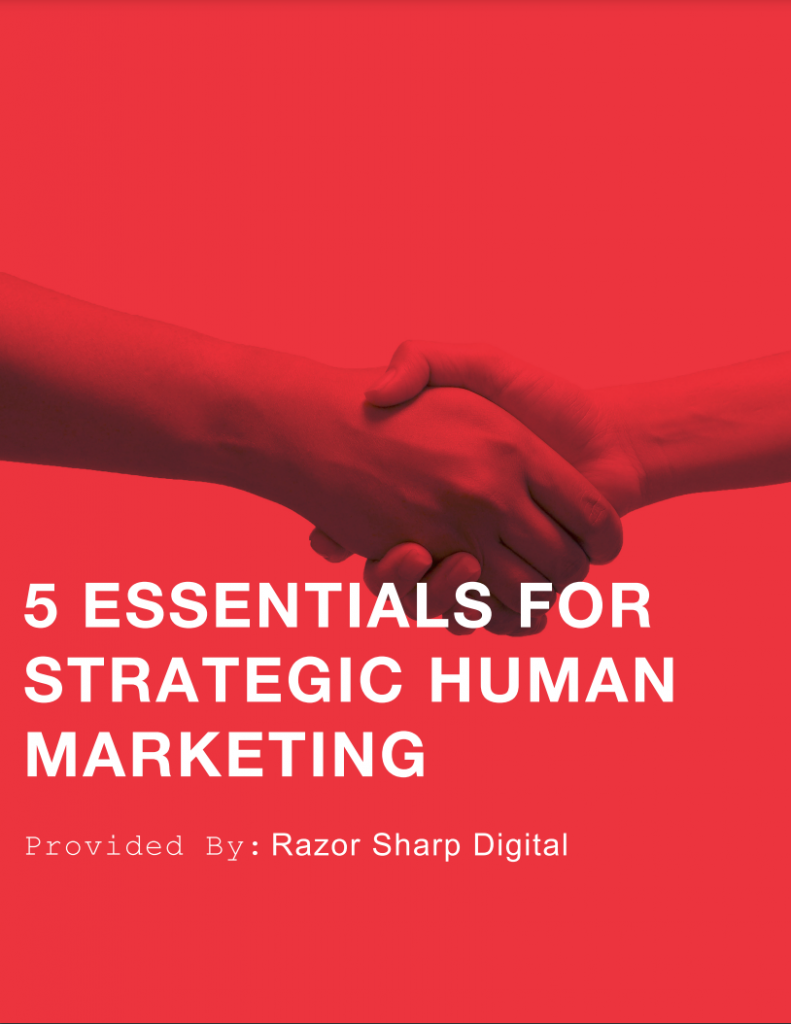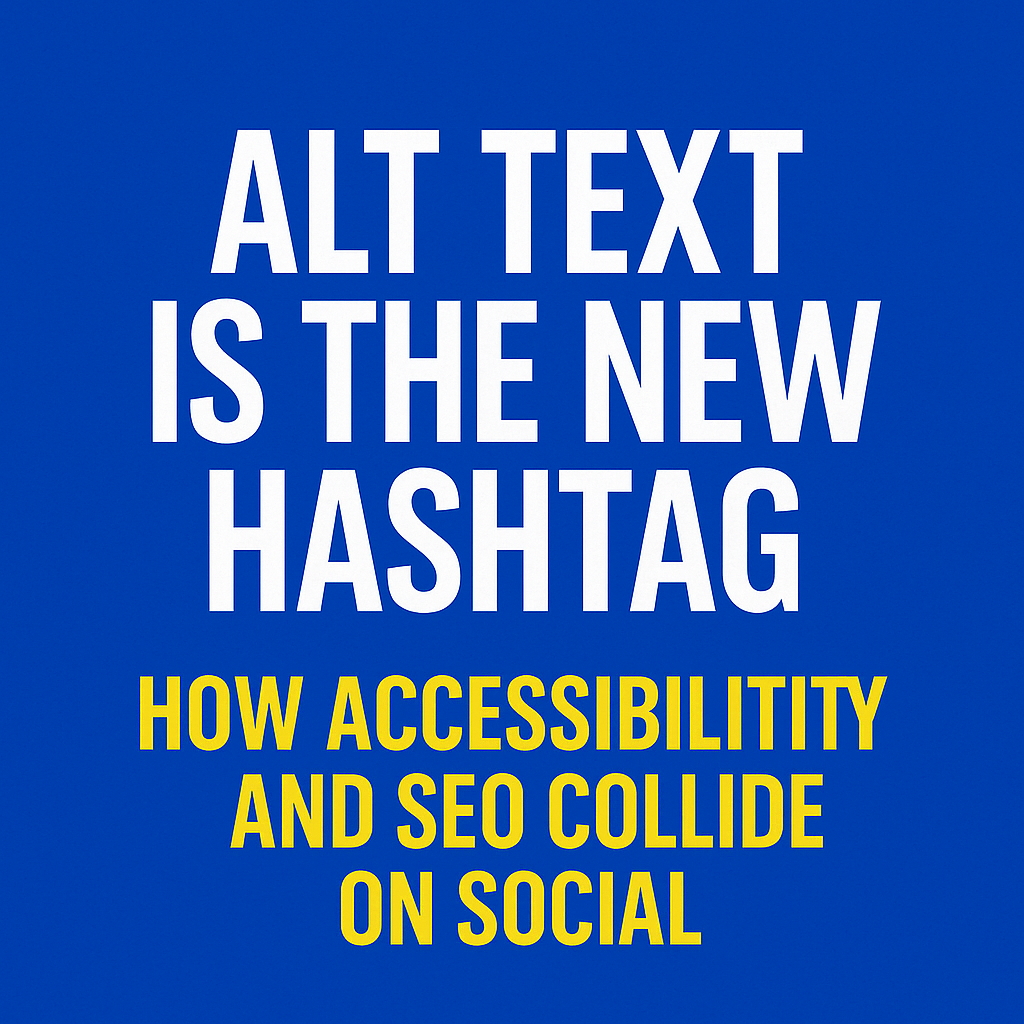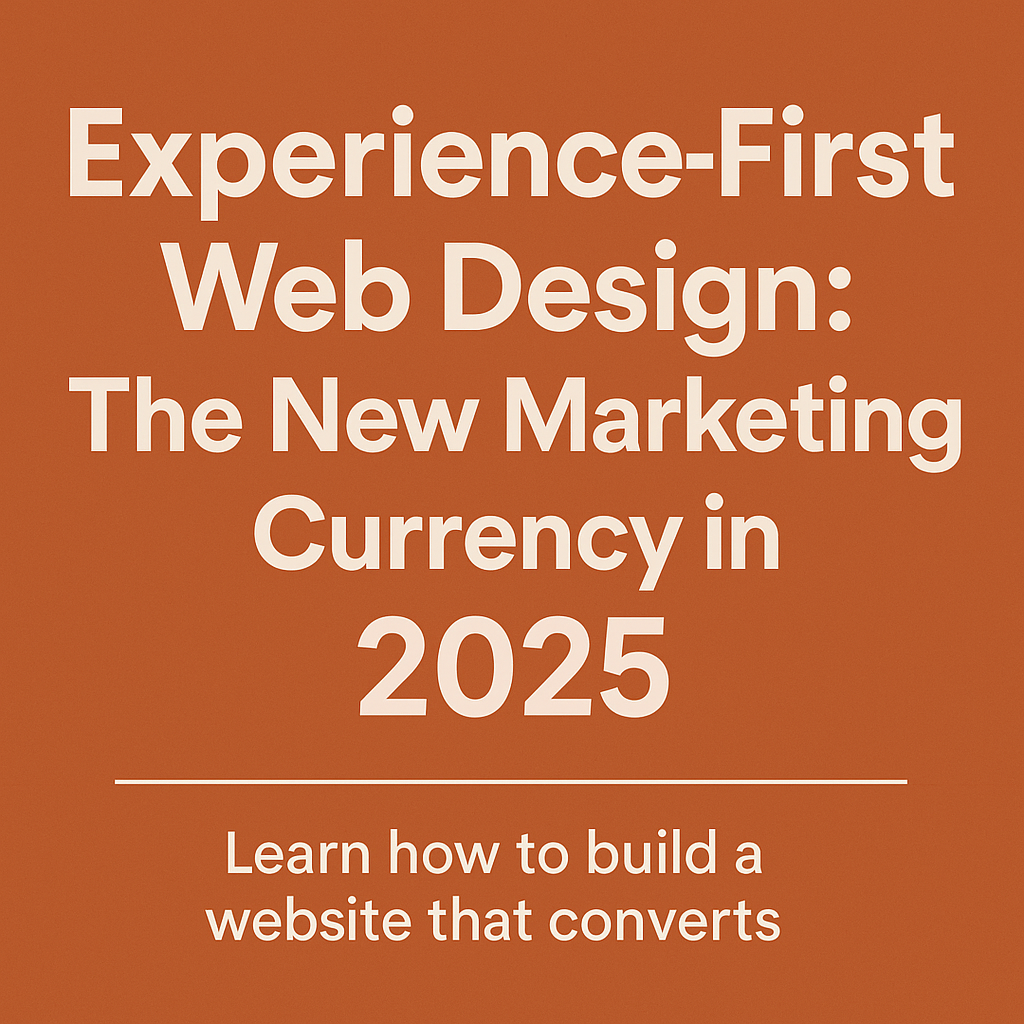But here’s the truth: culture fit has become a limiting mindset. When you only look for people who fit the mold, you risk building an echo chamber where fresh perspectives are missing and innovation flatlines.
That’s why forward-thinking businesses are moving toward a new philosophy: culture-add. Rather than asking, “Does this person fit in?” leaders are now asking, “What unique qualities does this person bring that can help us grow?”
This subtle but powerful shift unlocks adaptability, inclusivity, and long-term success. Let’s dive into why culture-add beats culture-fit, and how you can build a team that evolves with your business.
The Problem With “Culture-Fit”
At first glance, culture-fit sounds like a reasonable strategy. Who wouldn’t want people who align with their company’s values and style? But beneath the surface, there are major pitfalls:
Homogeneity Over Diversity
Culture-fit often favors people who look, think, or act like the existing team. This unintentionally excludes diverse voices and limits the variety of ideas.
Innovation Stagnation
A team made up of people with the same background, skills, and viewpoints is less likely to challenge assumptions or bring bold solutions to the table.
Short-Term Comfort vs. Long-Term Growth
Fit feels comfortable, but comfort doesn’t fuel evolution. Businesses that cling to sameness often struggle to adapt in fast-changing markets.
Hidden Bias
“Fit” can become a smokescreen for unconscious bias, where candidates are judged not on merit but on personal similarities to decision-makers.
What “Culture-Add” Really Means
Culture-add flips the script. Instead of trying to preserve comfort, it seeks to expand possibilities. It asks:
How will this person’s unique perspective challenge the status quo?
What skills, experiences, or values can they add to strengthen the team?
How will they help us grow in ways we can’t predict today?
Culture-add is about embracing diversity of thought, background, and approach while still honoring core values like integrity, accountability, or empathy. It ensures your team doesn’t just blend in—it levels up.
Why Culture-Add Matters in 2025 and Beyond
The pace of business evolution has never been faster. AI, globalization, and generational shifts in the workforce demand adaptability. Businesses that thrive tomorrow will be those that intentionally build teams designed to evolve.
Here’s why culture-add is essential now more than ever:
Markets Are Dynamic
Consumer needs, technologies, and industries shift rapidly. Teams that bring varied perspectives can pivot and innovate faster.
Employees Want Belonging, Not Uniformity
Gen Z and younger millennials value individuality at work. They don’t want to assimilate; they want to contribute authentically.
Competitive Advantage Through Diversity
Numerous studies show that diverse teams outperform homogeneous ones in creativity, decision-making, and profitability.
Future-Proofing Your Business
Culture-add helps you avoid building a fragile culture that crumbles when new challenges emerge. Instead, it creates a resilient system built on flexibility.
Core Principles of a Culture-Add Approach
Adopting culture-add isn’t about throwing out all alignment. It’s about broadening your definition of alignment. Here are five principles to guide the shift:
1. Anchor in Core Values
Every company needs a foundation. Culture-add doesn’t mean accepting anything and everything—it means rooting your culture in non-negotiable values while being flexible about everything else.
For example, at Razor Sharp Digital, values like integrity, consistency, and empathy create a baseline. Within that, team members can add their own flavor.
2. Redefine “Fit” as “Flourish”
Stop asking, “Will this person fit in?” Instead, ask:
This reframes the goal from comfort to growth.
3. Hire for Difference, Not Sameness
During interviews, actively look for what makes candidates different—their unique perspective, skillset, or life experience—and how that difference will enrich the team.
4. Build Psychological Safety
Culture-add only works if team members feel safe to speak up, challenge ideas, and bring their authentic selves. Without psychological safety, diversity is wasted potential.
5. Evolve the Culture Continuously
Culture isn’t static—it’s a living, breathing system. Businesses practicing culture-add recognize that culture evolves as the business grows.
Practical Steps to Implement Culture-Add
So how do you go from culture-fit to culture-add in real life? Here are actionable steps:
1. Audit Your Current Culture
Ask:
What are our non-negotiable values?
Where have we unintentionally created sameness?
What perspectives are missing?
This creates a baseline for intentional improvement.
2. Reframe Your Job Descriptions
Instead of emphasizing “fit with our culture,” highlight opportunities for candidates to contribute something new. For example:
Old: “We’re looking for someone who fits our fun, energetic culture.”
New: “We’re looking for someone who will bring fresh ideas and help us grow our culture.”
3. Train Your Hiring Managers
Hiring teams need to recognize unconscious bias and learn to spot value-add traits. Workshops, role-play interviews, and structured scorecards can help.
4. Measure Contribution, Not Conformity
Performance reviews should include questions like:
5. Celebrate Differences Publicly
Make it part of your culture to highlight and celebrate the unique contributions of your team members—through team meetings, internal newsletters, or social media.
Real-World Examples of Culture-Add
Example 1: Tech Startups
Tech companies like Slack and Airbnb built strong reputations by hiring people who challenged norms. Their teams weren’t cut from the same cloth; they were stitched together with different patterns that created breakthrough innovation.
Example 2: Legacy Corporations
Even large corporations like Microsoft shifted from a rigid “know-it-all” culture to a “learn-it-all” culture, emphasizing curiosity and difference. This pivot reignited growth and relevance.
Example 3: Small Businesses
Local businesses that hire beyond “fit” often gain unique customer insights. A bakery that brings in staff from different cultural backgrounds may discover new recipes and flavors that resonate with broader audiences.
The ROI of Culture-Add
Culture-add isn’t just a feel-good philosophy—it’s a business growth strategy. Here’s the ROI you can expect:
Increased Innovation: Diverse teams generate more ideas, leading to better products and services.
Stronger Retention: Employees who feel they can contribute authentically stay longer.
Higher Engagement: Culture-add fosters ownership, pride, and passion.
Better Reputation: A reputation for inclusivity and growth attracts top talent.
Revenue Growth: Studies show diverse companies are 35% more likely to outperform financially.
Common Challenges (and How to Overcome Them)
Challenge 1: Resistance to Change
Leaders or long-term employees may resist new approaches.
Solution: Emphasize the benefits of culture-add for business longevity and innovation.
Challenge 2: Fear of Conflict
Diverse teams sometimes clash.
Solution: Normalize healthy debate and equip leaders with conflict resolution tools.
Challenge 3: Overcorrection
Some companies swing too far, hiring solely for difference without maintaining alignment to values.
Solution: Balance diversity with a strong values-based foundation.
Culture-Add as a Leadership Mindset
At its core, culture-add isn’t just a hiring strategy—it’s a leadership mindset. It requires leaders to:
Value growth over comfort.
Create space for voices different from their own.
Continuously evolve their own perspectives.
When leaders model this mindset, it cascades through the entire organization.
Final Thoughts: Evolving With Purpose
In a world where business evolution is non-negotiable, building static teams that only “fit” is a recipe for irrelevance. Culture-add is the way forward. It ensures that as your business grows, your people grow with it—bringing fresh energy, perspectives, and resilience.
So the next time you’re hiring, don’t just look for someone who “fits.” Look for someone who adds.
That’s how you build a team that doesn’t just survive change but thrives on it.









